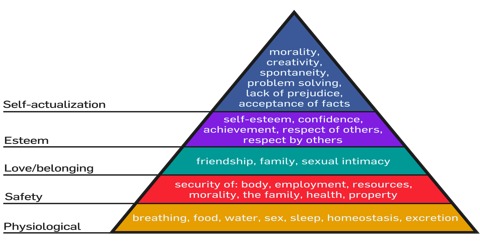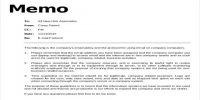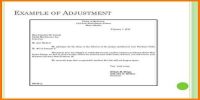Maslow’s Need Hierarchy Theory of Motivation:
Abraham Maslow, a well-known Psychologist in a classic paper published in 1943, outlined the elements of an overall theory of motivation. This theory is based on the assumption that there is a hierarchy of five needs within each individual. The urgency of these needs varies. His theory was based on human needs. He felt that within every human being, there exists a hierarchy of five needs. These are:
(i) Basic Physiological Needs: These needs are most basic in the hierarchy and corresponds to primary needs. Hunger, thirst, shelter, sleep and sex are some examples of these needs.
(ii) Safety/Security Needs: These needs provide security and protection from physical and emotional harm. Examples: job security, stability of income, Pension plans etc.
(iii) Affiliation/Belonging Needs: These needs refer to affection, sense of belongingness, acceptance and friendship.
(iv) Esteem Needs: These include factors such as self-respect, autonomy status, recognition and attention.
(v) Self Actualization Needs: It is the highest level of need in the hierarchy.













